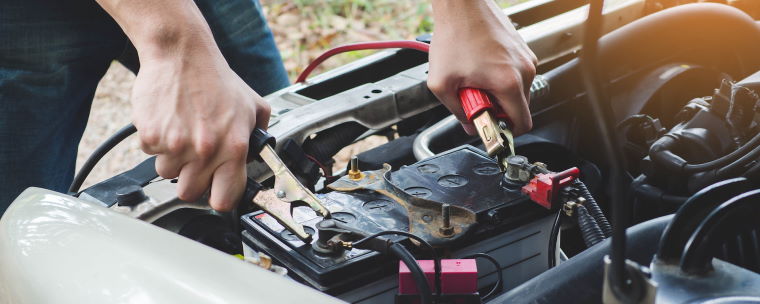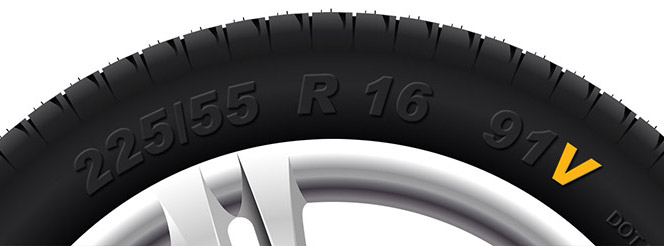How To Change A Car Battery
Published on: Tuesday, 13 April 2021 | Author: Bradley Jando
As one of the most complicated vehicle maintenance tasks you can do yourself, changing a battery can seem daunting at first. In this blog, we’ll explain how to know when a battery needs replacing, how to go about changing it, and how to dispose of your old battery, so you’ll feel confident with maintaining your car’s electronics in the future.
That said, if you at all feel unsafe, it’s usually best to book your car for a battery replacement at your local Tyre Pros centre. Our professionals will have it out in a jiffy!
When and Why Does My Battery Need Changing?
Car batteries deteriorate in health with every charge by the car’s engine. Usually, a battery will need to be replaced every three years to prevent it from going flat and leaving you stranded somewhere without power. You may also need to change your battery if your car has remained stationary for a sustained period of time.
Before your battery dies completely, your car may have a warning light that tells you when battery failure is looming. You’ll know your battery is flat when you cannot start the engine and the central locking stops working. If this happens, you can use jump leads to jump start your car engine.
When the engine is started, keep your car running for at least 20 minutes to charge the battery. (Tip: car batteries charge much faster when the car is moving). If, after driving, the battery soon becomes flat again then you should book a free battery health check at your local Tyre Pros centre – it could be that your alternator is at fault rather than the battery itself!

What Will I Need To Change My Battery?
- A new battery
- Spanners in different sizes or a socket set
- Work gloves and protective eyewear
- A flat, level surface to work on
- A sustainable method of disposal for the old battery

How To Change A Battery
After parking on a flat surface, secure the car and remove the keys from the ignition. Ensure you are wearing safety glasses and gloves to protect your skin from any corrosive battery acid that may have leaked.
Have to hand the PIN codes or settings manuals for your car’s electrical systems in case they need to be reset after the replacement. Sometimes changing a battery alters the radio and sat-nav in a car and it can be an inconvenience to reset them without their manuals.
Familiarize yourself with the negative (black) and positive (red) connecting leads. To help you remember the charges, most cars will label these leads with a plus (+) for positive and minus (-) sign for negative.
Remove the negative charging lead first to prevent any damage to the electrical system in your car. After this, go ahead and remove the positive lead as well as the fitting keeping the battery in place. (Tip: ensure the battery you are removing is always kept upright to prevent any acid spill).
Once you have removed the old battery, repeat the process backwards for the new battery. First, place the new battery in the mount and fasten it. Then, connect the positive (red) lead before connecting the negative (black) lead.
After this, remove your tools, close the bonnet and you should be good to go.

How to Dispose of your Old Battery Safely
It is illegal to dispose of car batteries in your general household waste. Instead, you must take your battery to your local recycling centre, scrap metal facility, or car garage. Visit reyclenow.com to find out more about recycling car batteries.

Feeling unsure?
If you ever feel unsure about changing your car’s battery, it's always best to let a professional do it – get in touch with your local Tyre Pros today.




